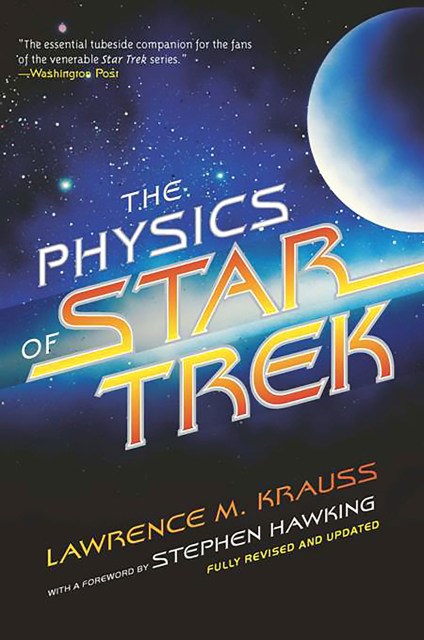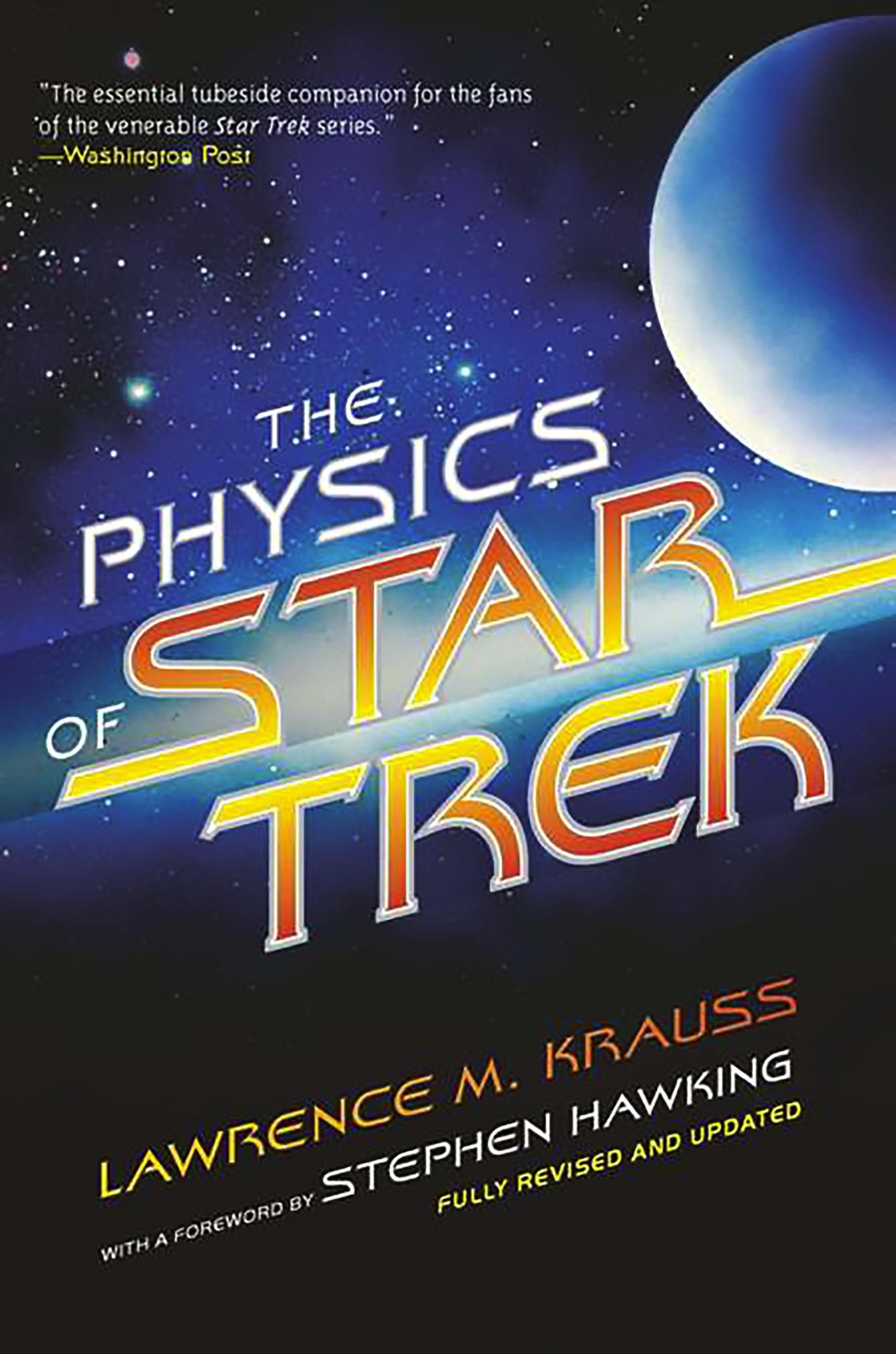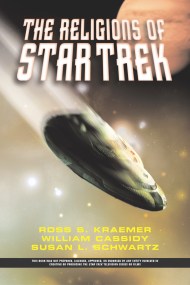Promotion
Use code MOM24 for 20% off site wide + free shipping over $45
The Physics of Star Trek
Contributors
Formats and Prices
Price
$16.99Price
$22.99 CADFormat
Format:
- Trade Paperback $16.99 $22.99 CAD
- ebook $11.99 $15.99 CAD
This item is a preorder. Your payment method will be charged immediately, and the product is expected to ship on or around July 10, 2007. This date is subject to change due to shipping delays beyond our control.
Also available from:
What warps when you’re traveling at warp speed? What is the difference between a wormhole and a black hole? Are time loops really possible, and can I kill my grandmother before I am born? Anyone who has ever wondered “could this really happen?” will gain useful insights into the Star Trek universe (and, incidentally, the real world of physics) in this charming and accessible guide. Lawrence M. Krauss boldly goes where Star Trek has gone-and beyond. From Newton to Hawking, from Einstein to Feynman, from Kirk to Picard, Krauss leads readers on a voyage to the world of physics as we now know it and as it might one day be.
Genre:
- On Sale
- Jul 10, 2007
- Page Count
- 280 pages
- Publisher
- Basic Books
- ISBN-13
- 9780465002047
Newsletter Signup
By clicking ‘Sign Up,’ I acknowledge that I have read and agree to Hachette Book Group’s Privacy Policy and Terms of Use







